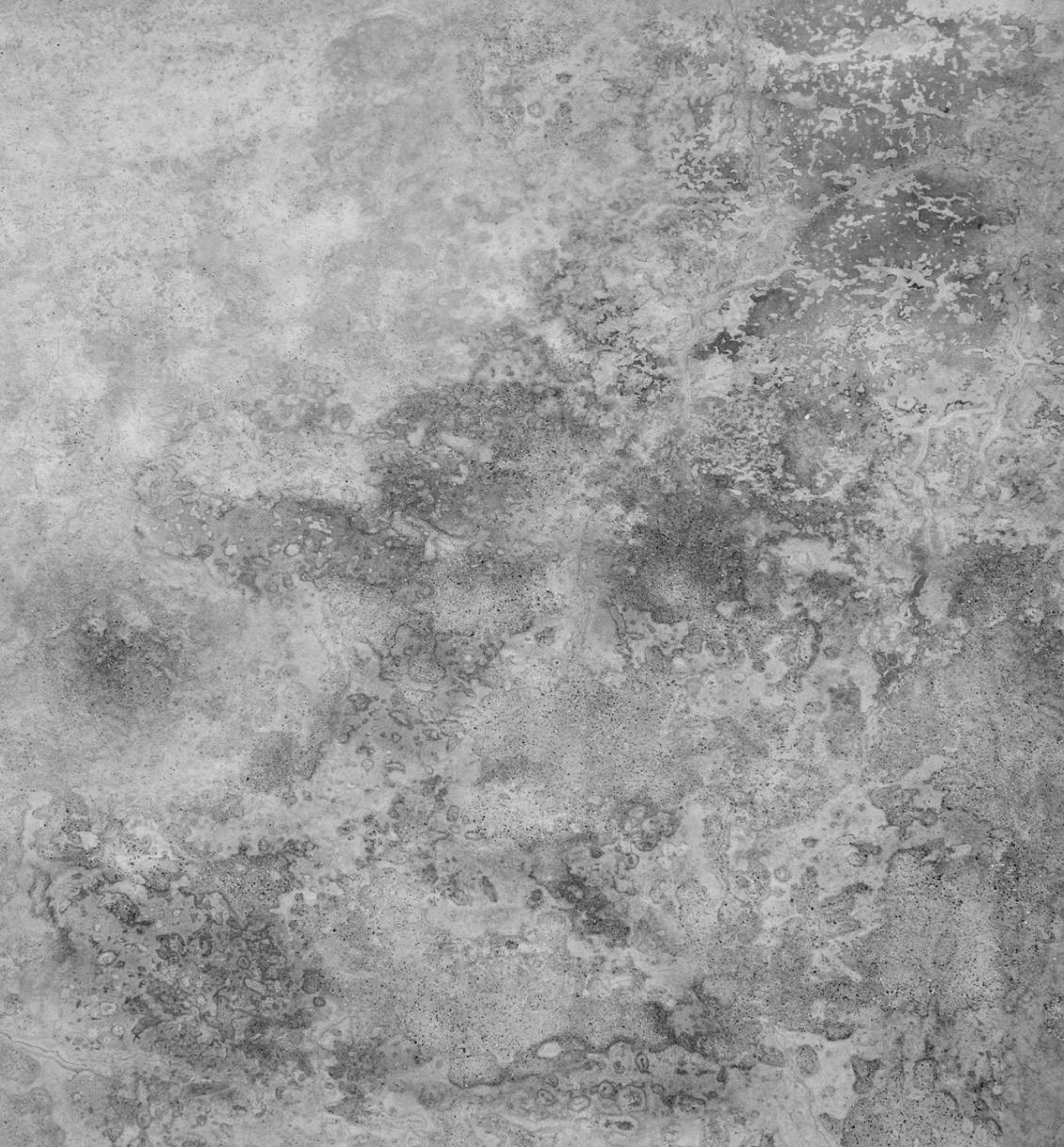What Is a Venous Ulcer?
A venous ulcer is a wound that develops when chronic venous insufficiency leads to increased pressure in a vein. Venous insufficiency occurs when one-way valves in the leg vein stop functioning and allow blood to flow backward.
As blood accumulates in the vein, the pressure inside the vein increases. High pressure in your lower leg pushes fluids out of the vein, breaking down the skin and causing a venous ulcer.
What Is an Arterial Ulcer?
An arterial ulcer forms when atherosclerosis, plaque that hardens the arteries, develops in your leg, and blocks blood flow. Without enough blood, skin and other tissue are deprived of oxygen and nutrients — a condition called ischemia. As a result, the tissue dies, and an open wound (or ulcer) develops.
The lack of blood also makes it harder for wounds to heal. You may sustain a minor cut that develops into an ulcer because it cannot properly heal.








